But the “Bullfrog” moniker? Well, “The rock was green, almost like turquoise, spotted with big chunks of yellow metal, and looked like the back of a frog.”
Rhyolite Ghost Town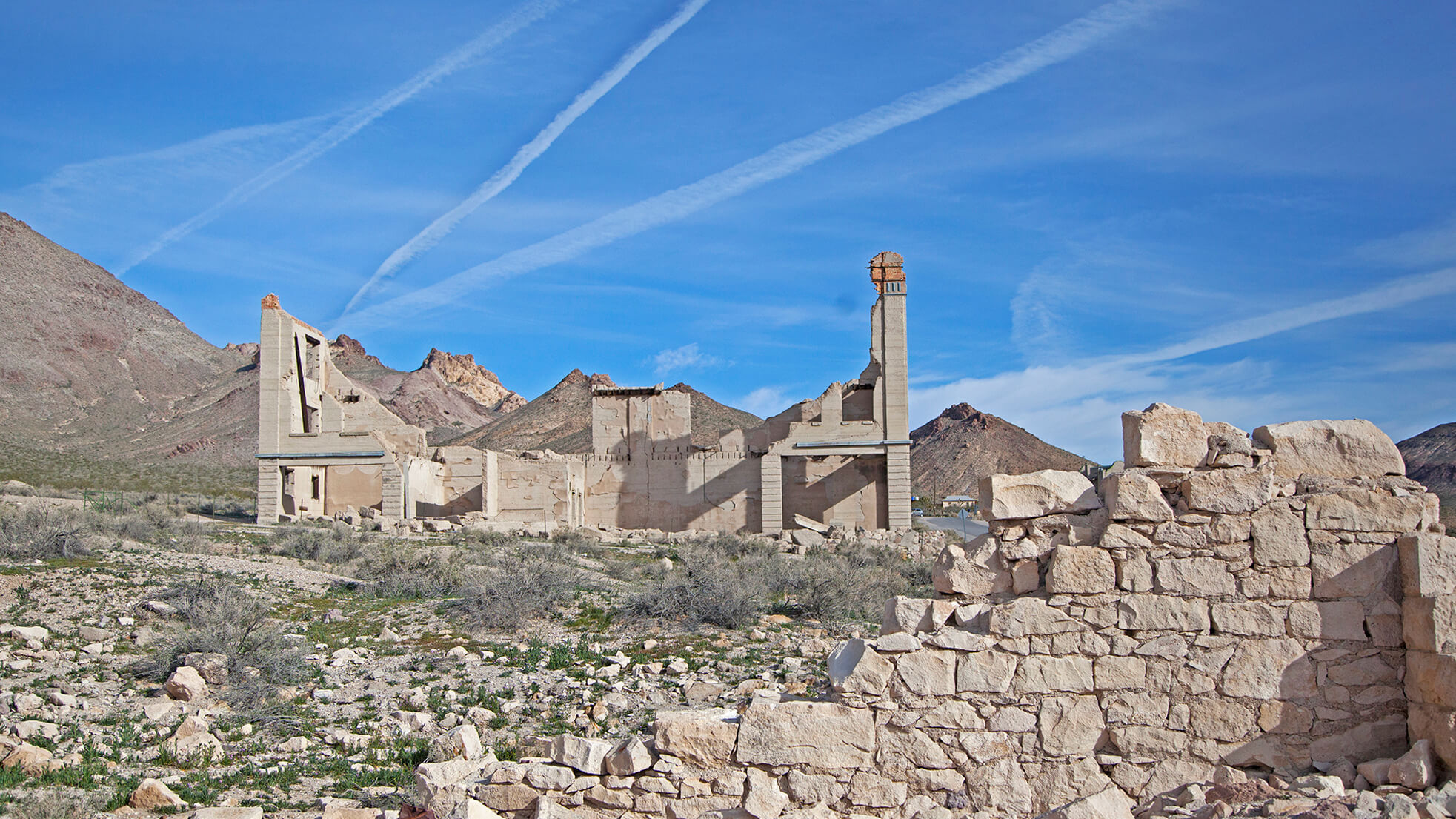
28 Excuses to Hightail it to Nevada’s Most Photographed Ghost Town
It’s an amazing thing, watching the desert slowly reclaim everything over time. In Rhyolite’s case, that’s been happening for well over 100 years, and the former boomtown’s hypnotic state of arrested decay couldn’t be any more satisfying to see real time, whether it’s incredibly distinctive history, scratching that desert exploring itch, or hard-to-compare photo ops you’re after. That, or the mere fact that the place just looks freaking cool… at least, that’s enough to get us here.
In the grand scheme of things, Nevada’s got it easy when it comes to these still-standing ghost towns and all-around evidence of another era, thanks to one teensy little detail: climate. As one of Nevada’s 600+ ghost towns, what still stands at Rhyolite today has qualified it as one of the coolest ghost towns in Nevada…or at least the most visited AND photographed. Maybe that’s because of what’s left, what’s vanished over time, or maybe a masterful balance of the two. We’re talking about a place that involves the oldest and largest bottle house in existence, the Ghosts of Goldwell, and that’s part of the Death Valley Rally, no less? Read on for 28 reasons you need to bump this southern Nevada ghost town to the top of your to-do, and in a hurry. #NVGhostTown
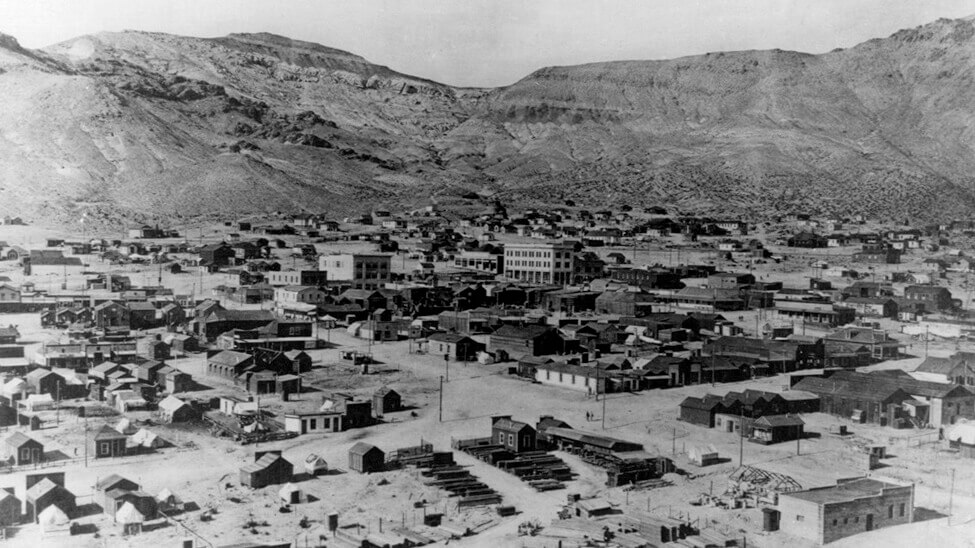
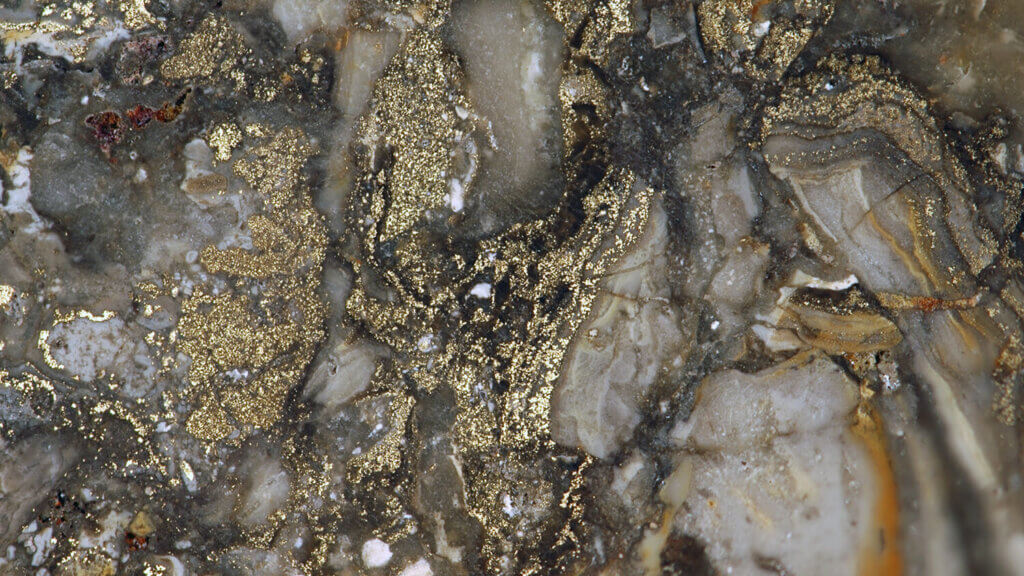
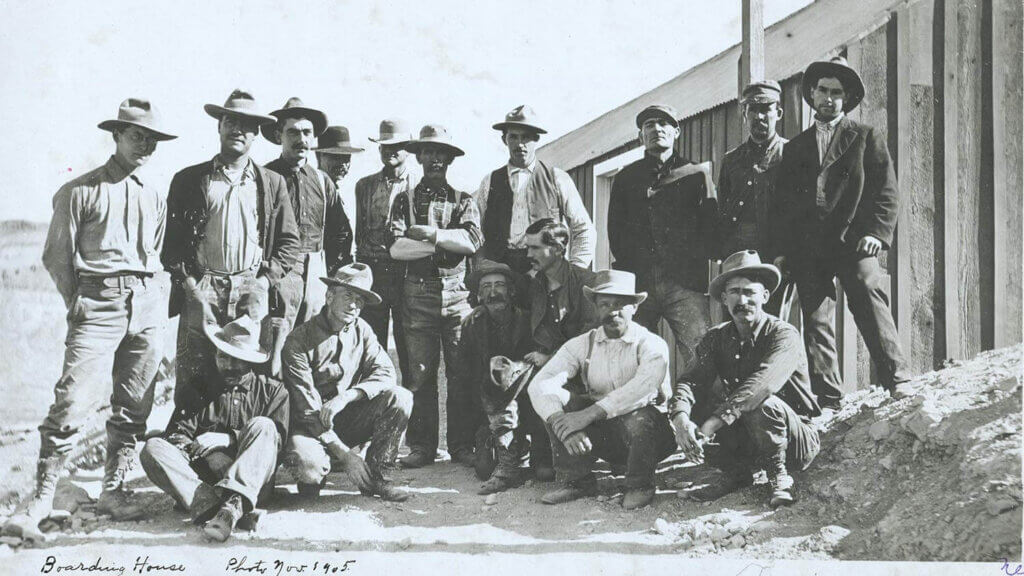
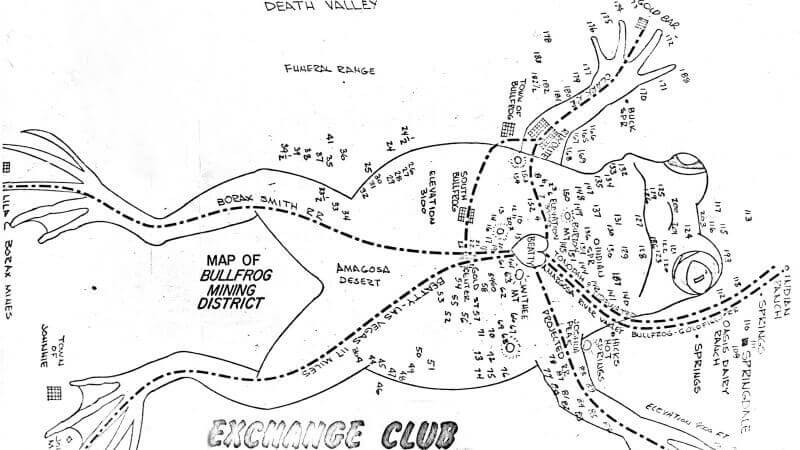
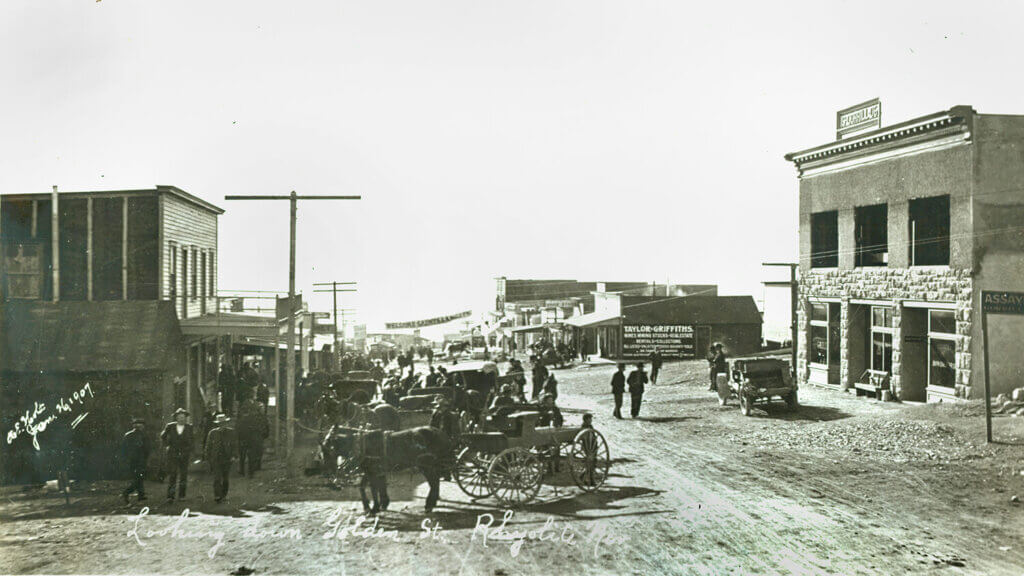
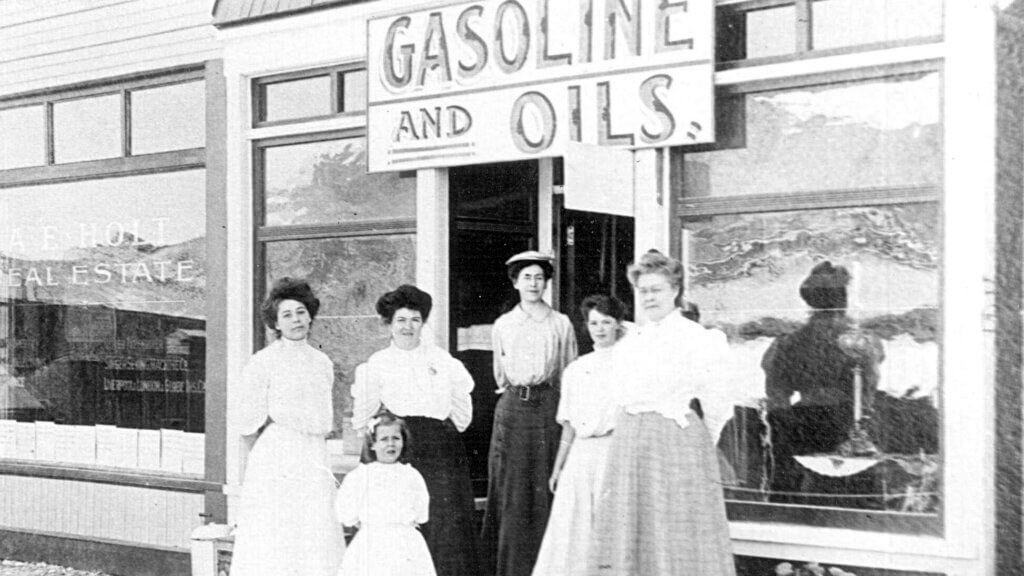
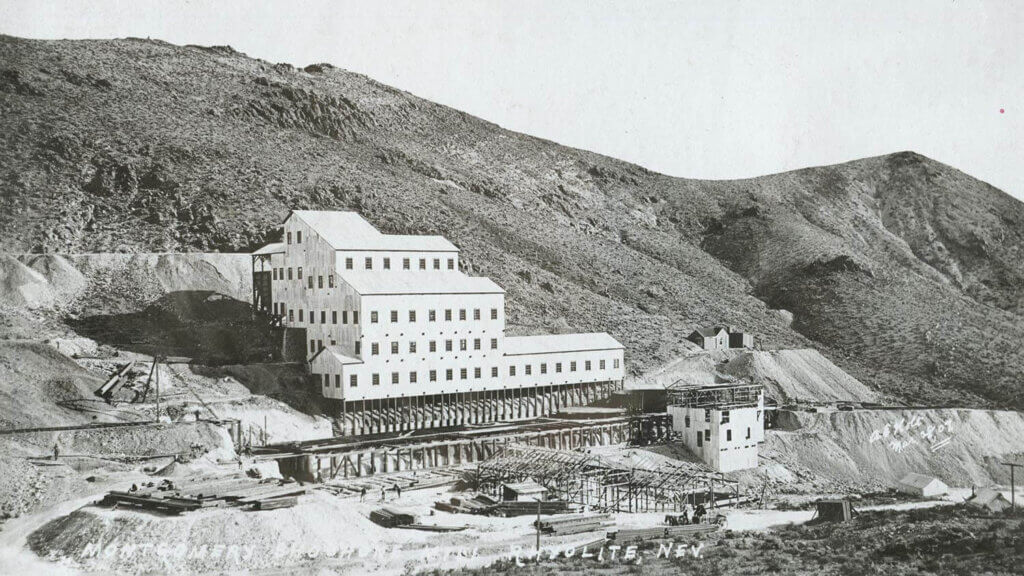
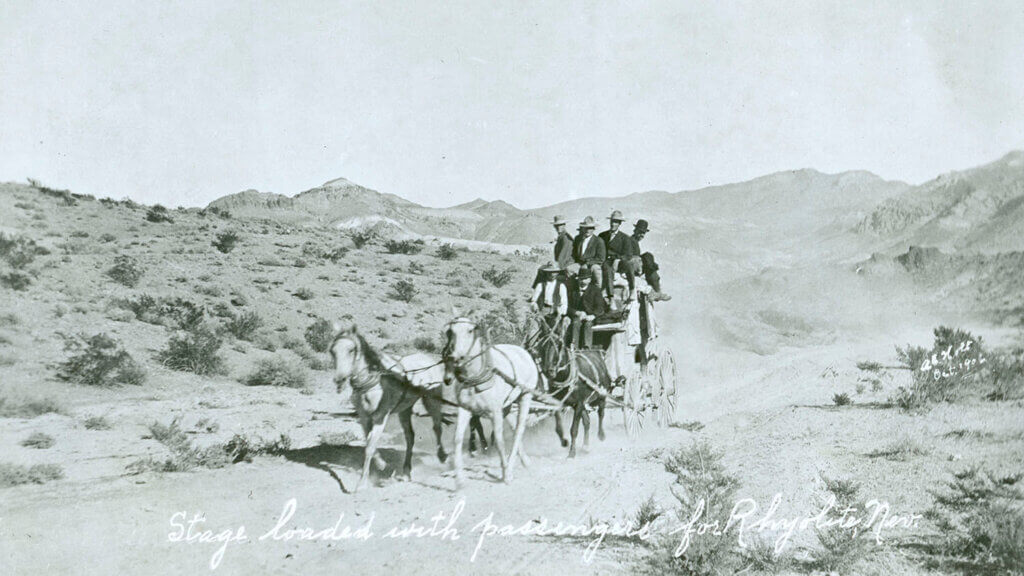
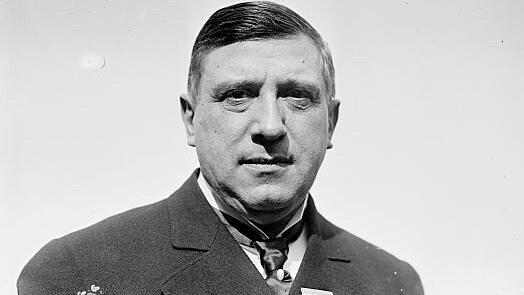
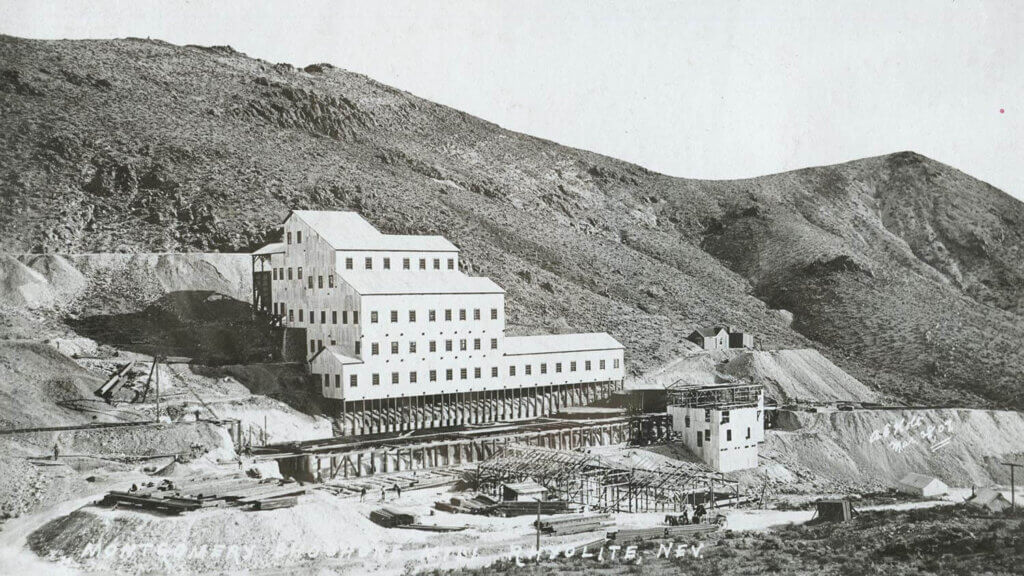
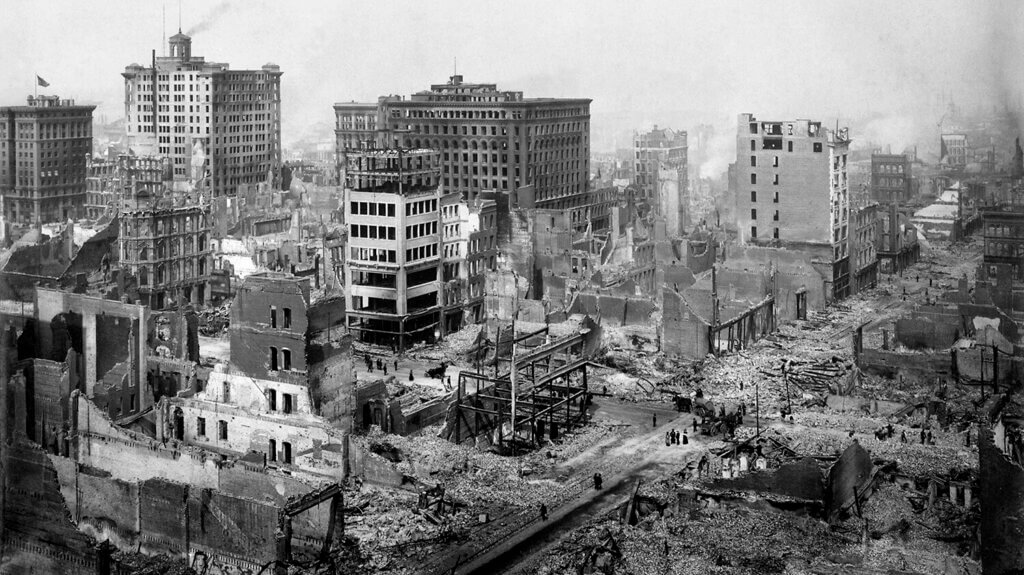
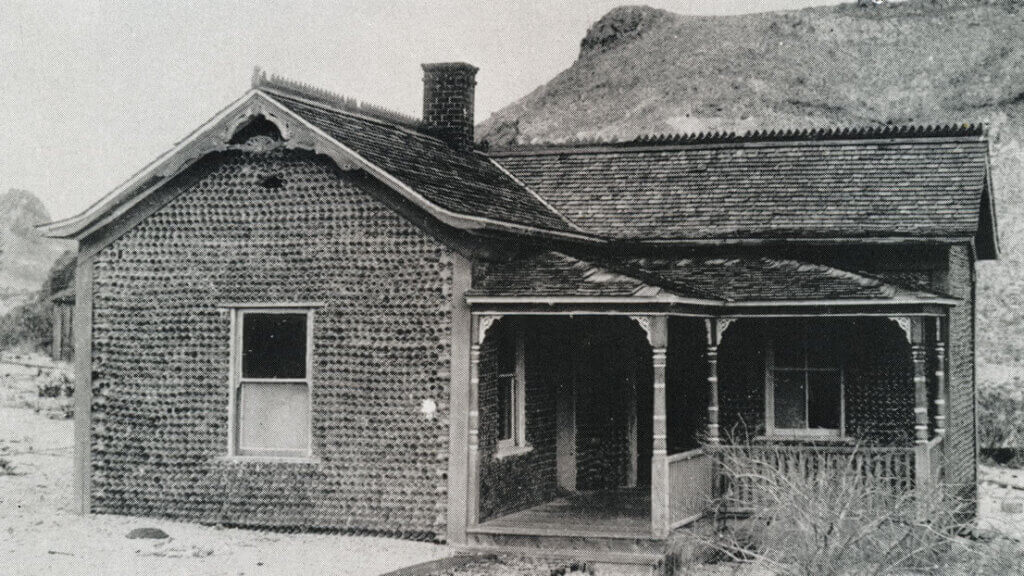
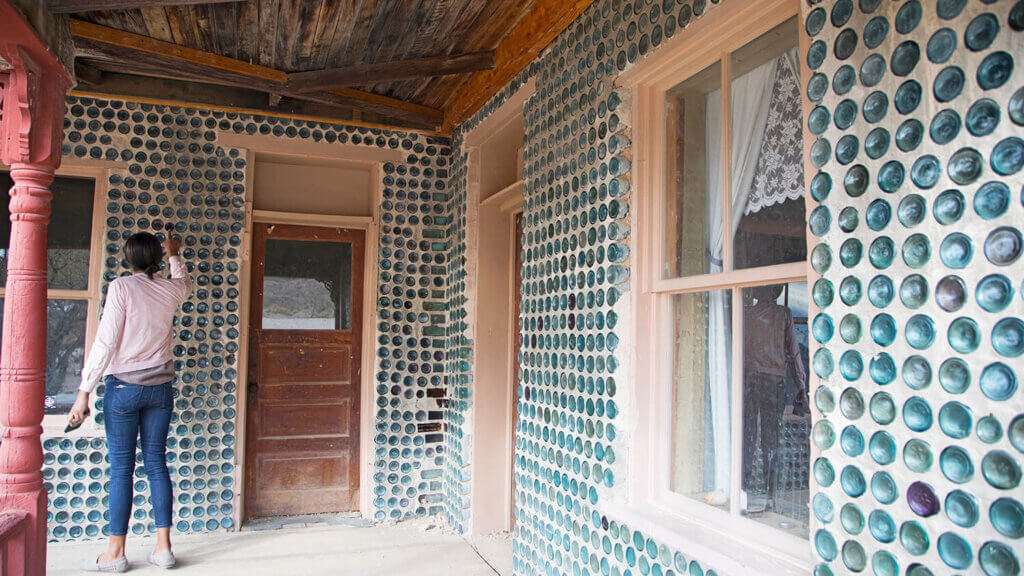
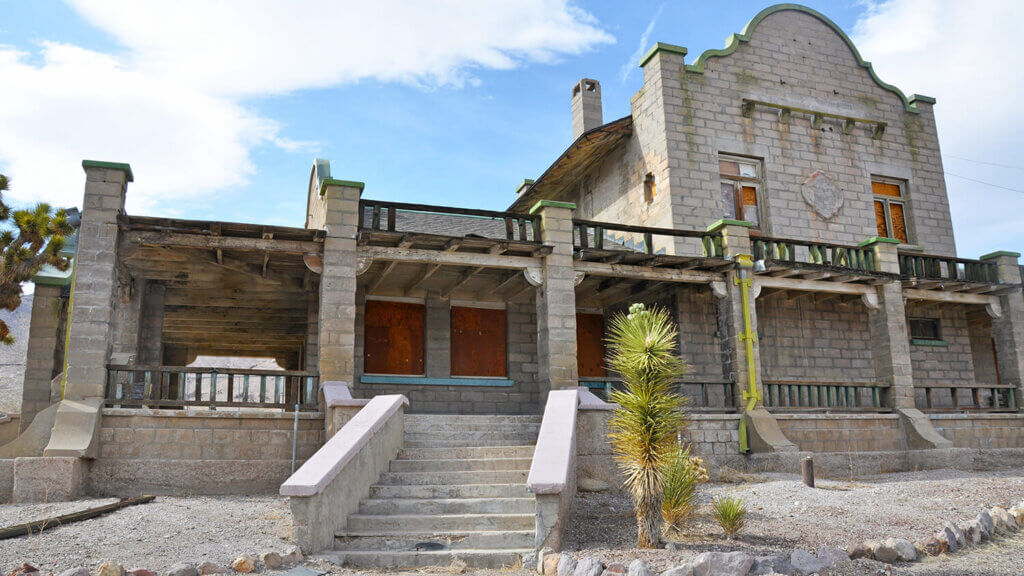
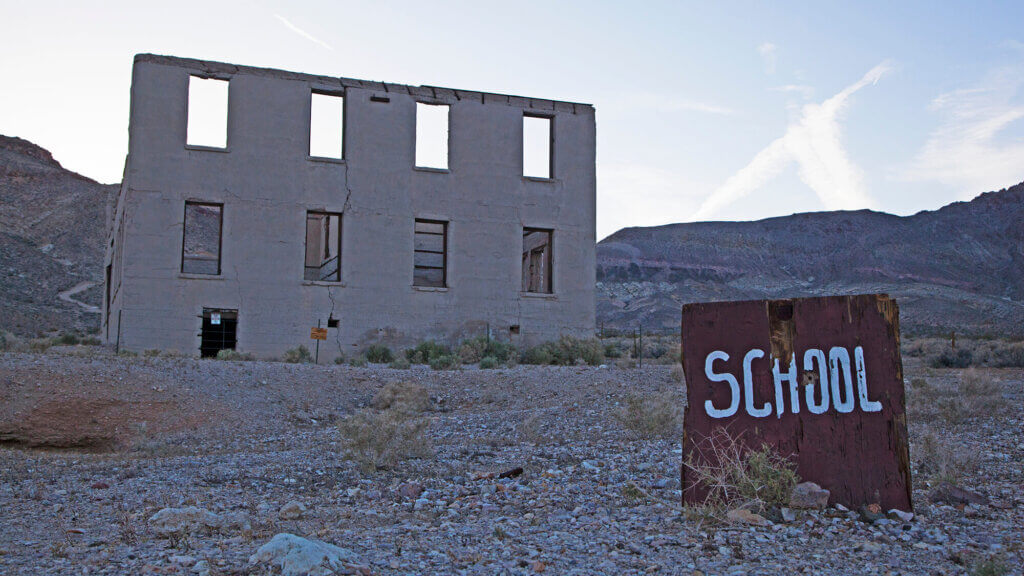
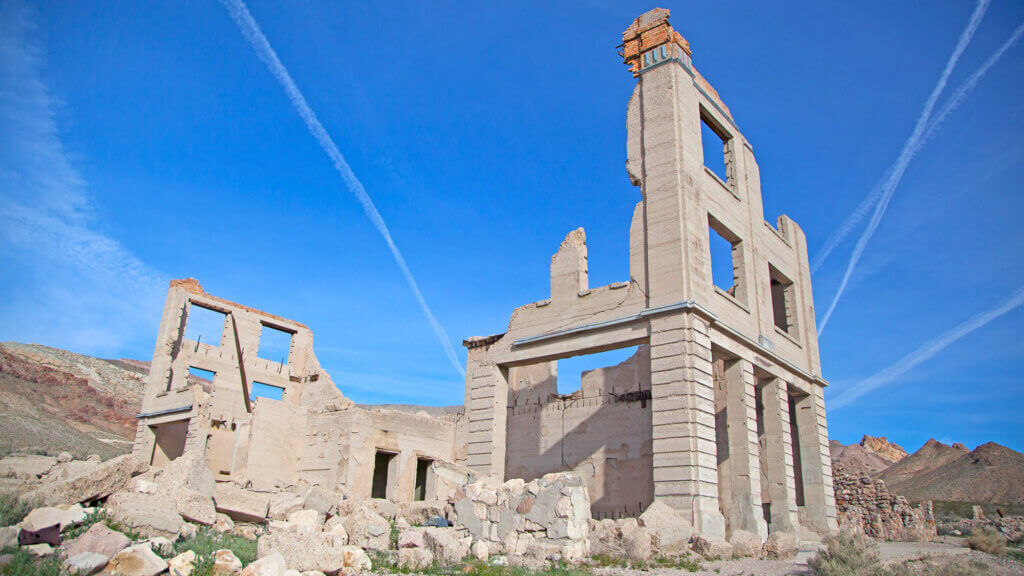
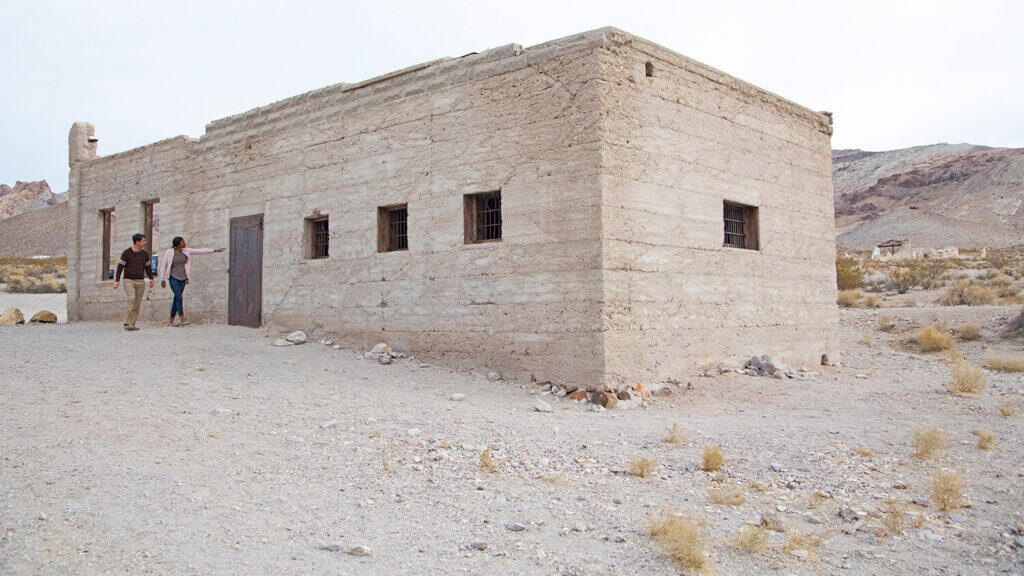
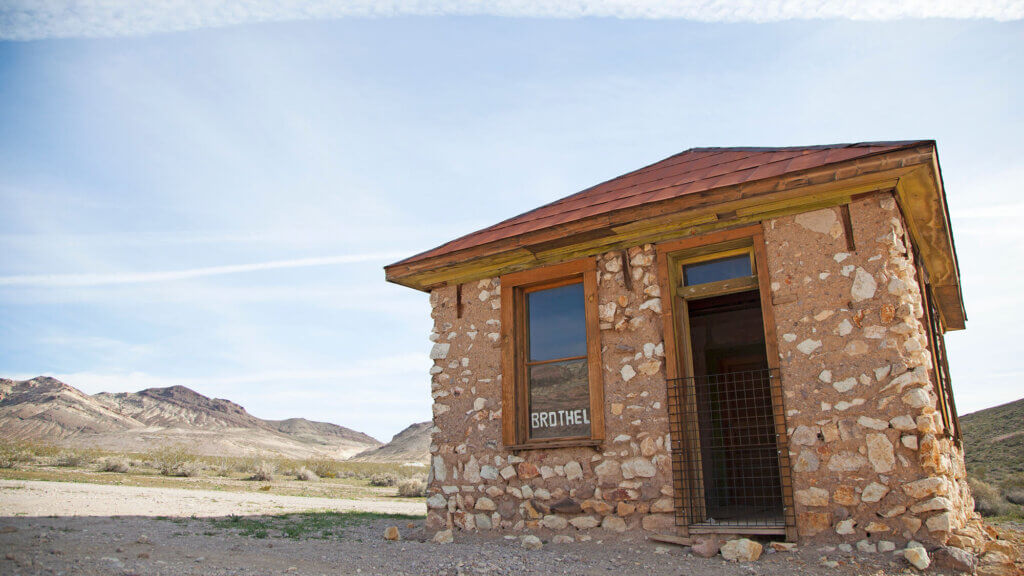
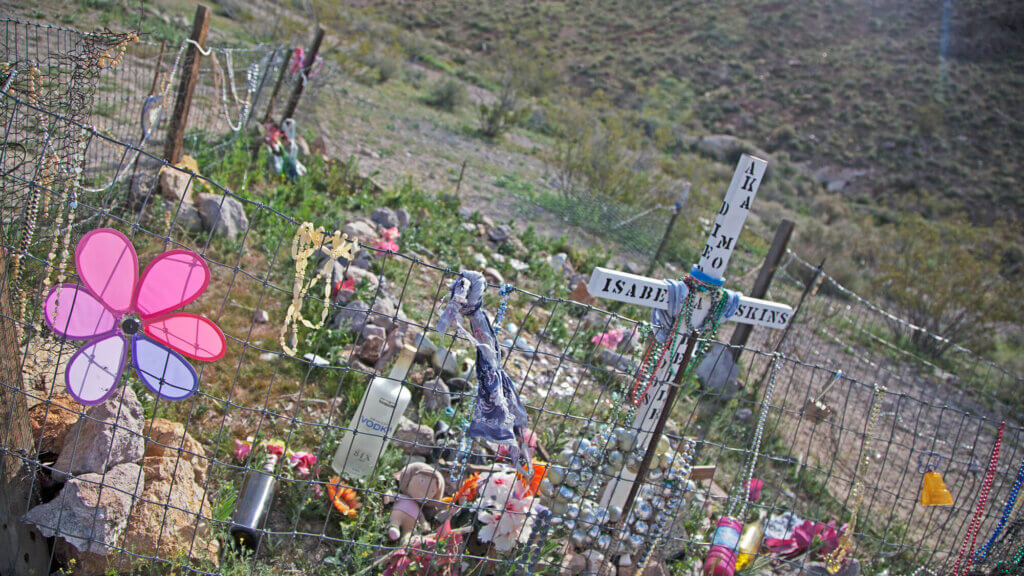
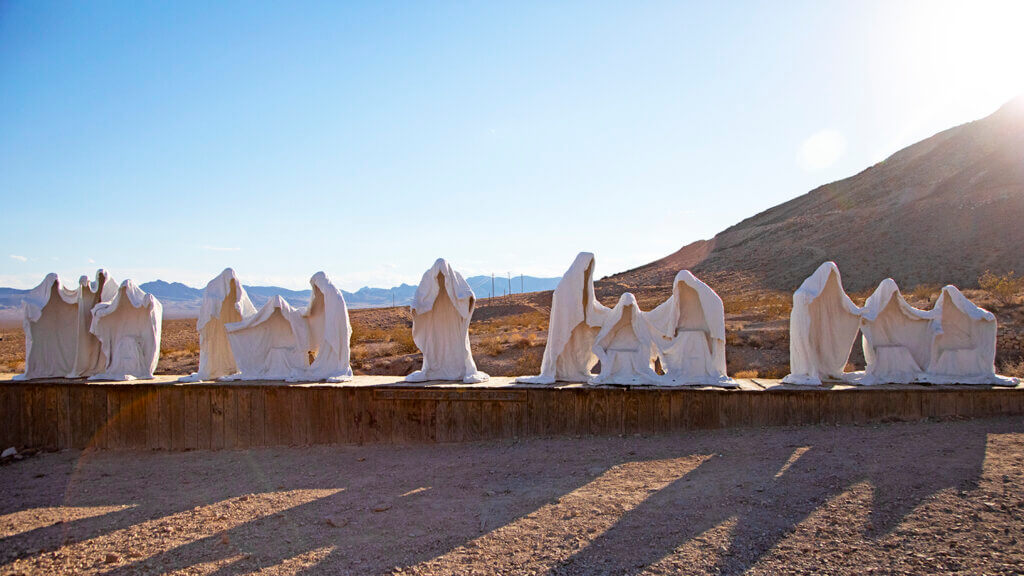
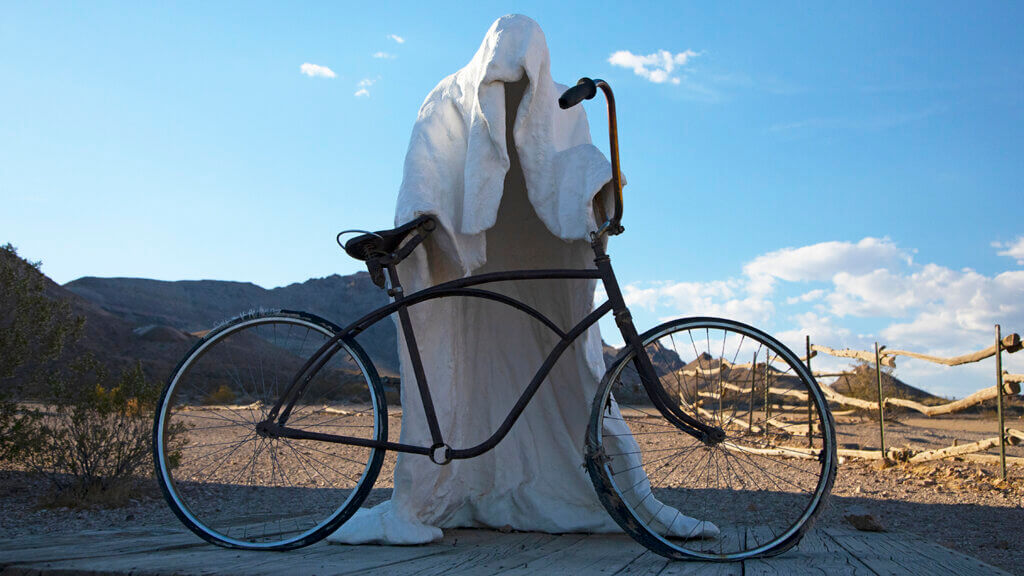
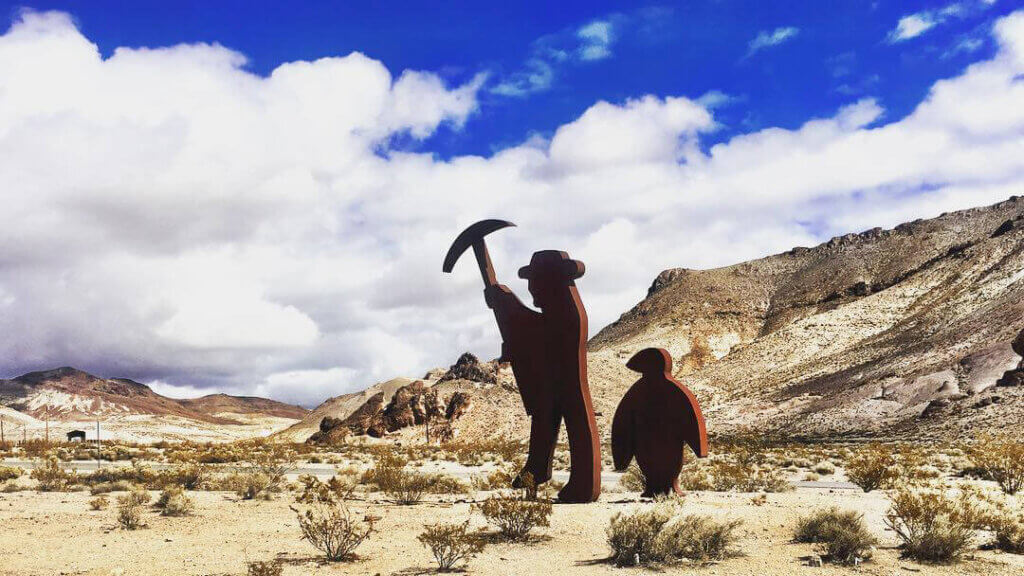
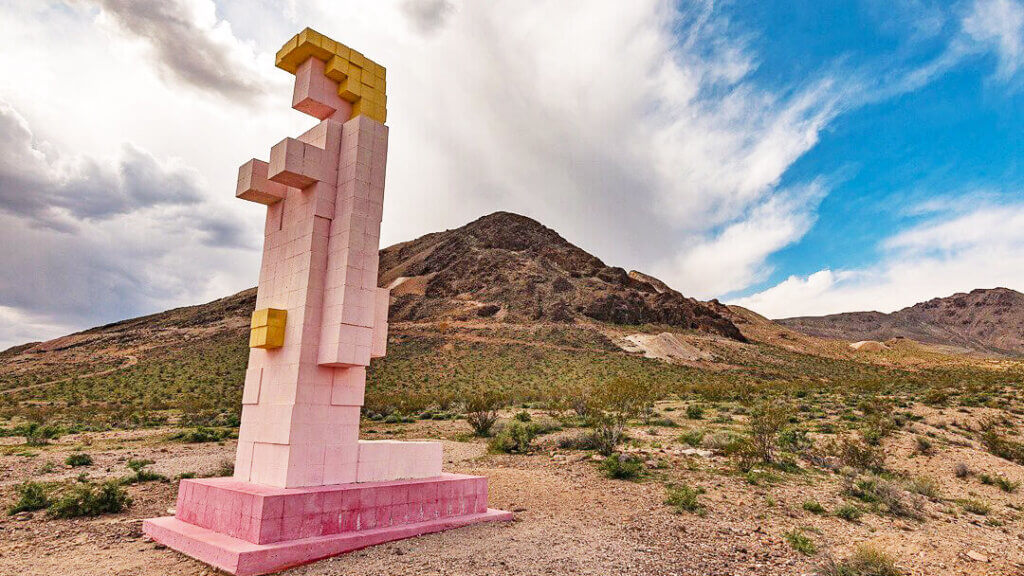
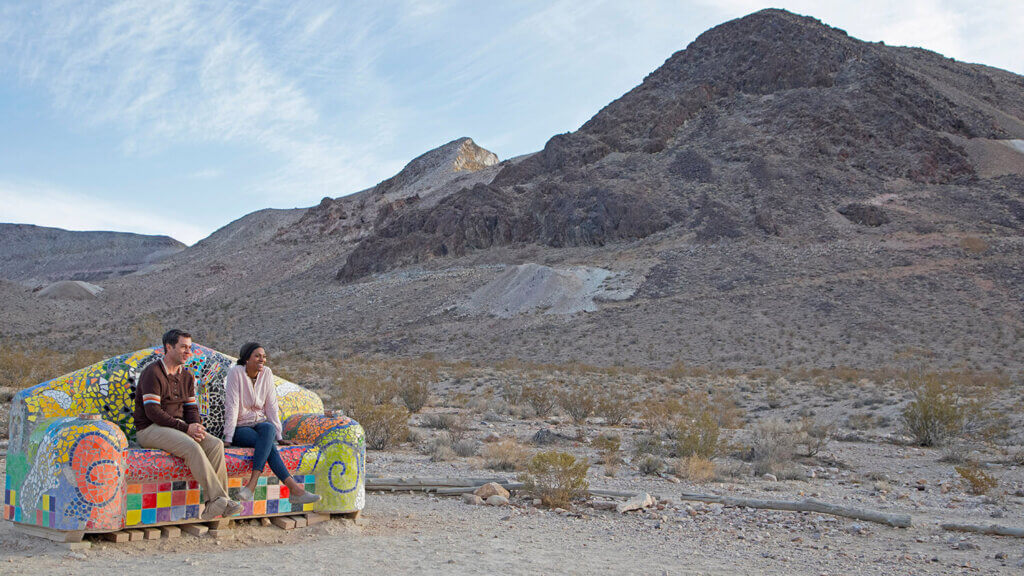
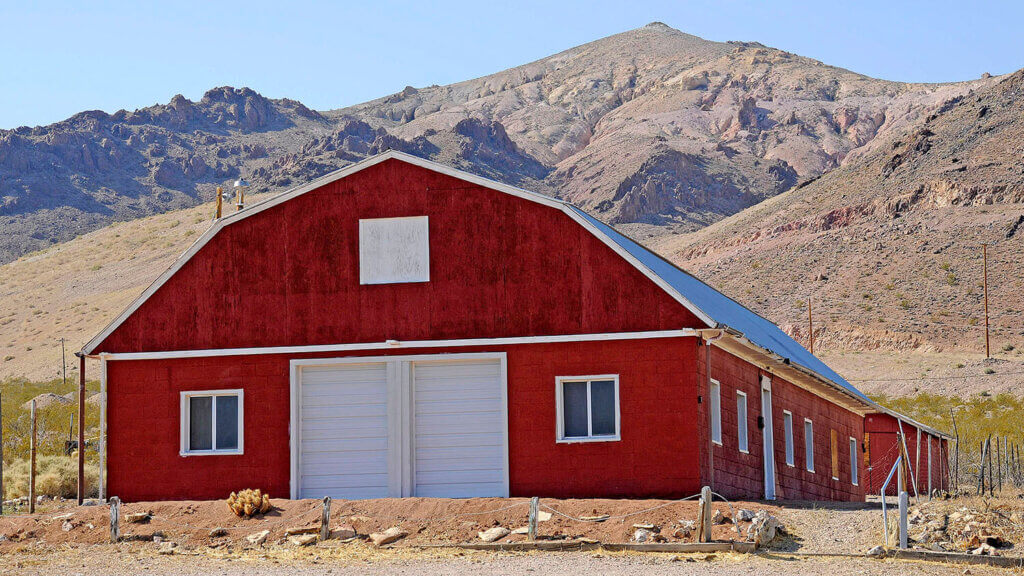
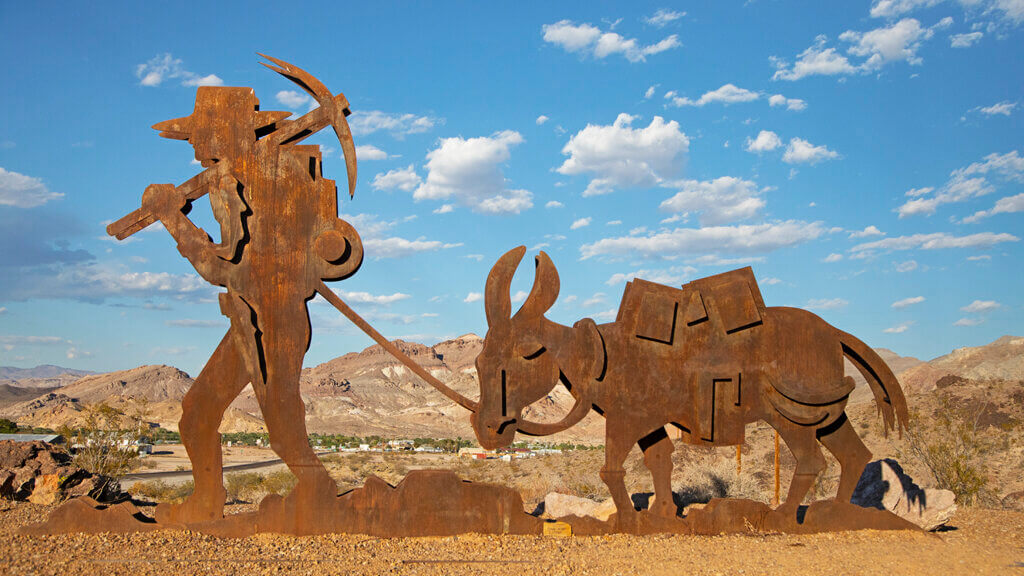
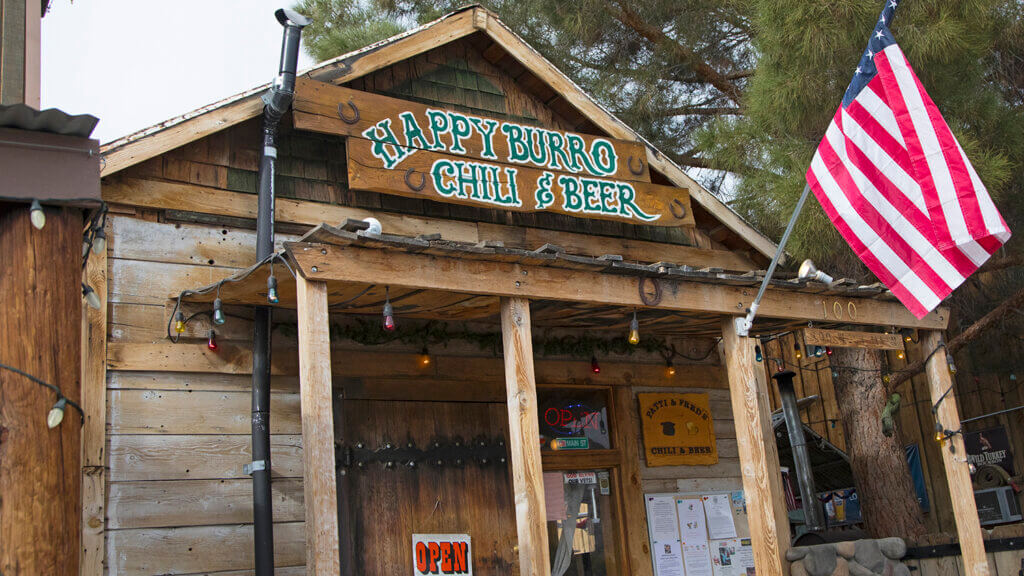
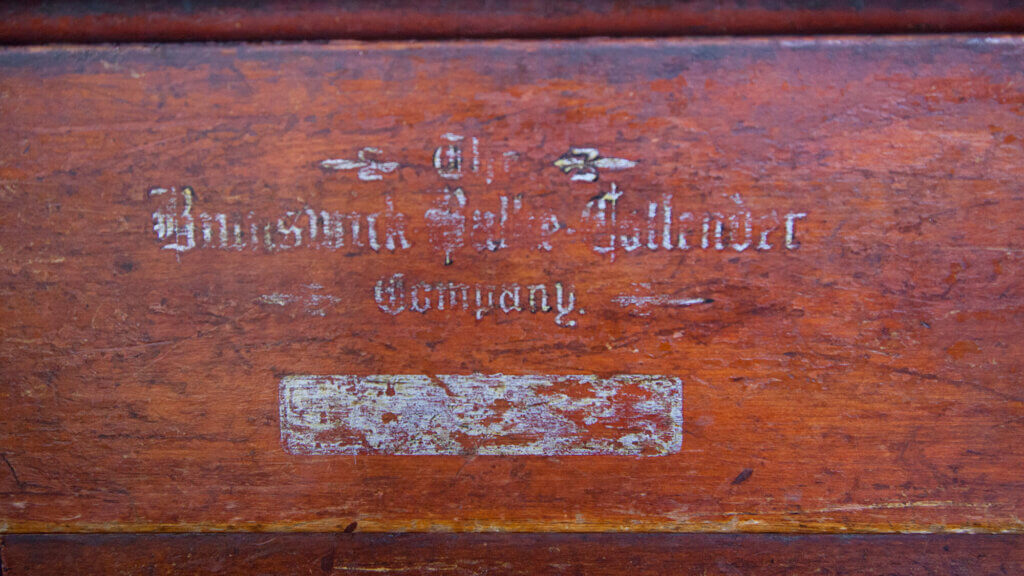
1. Up against some crazy-tough environmental odds, the Bullfrog Mining District became a thing on the eastern edge of Death Valley.
2. It was 1904, and Frank “Shorty” Harris, along with Ernest “Ed” Cross, were the guys who discovered gold here.
3. That, and once a big ol’ bounty of gold was discovered just about everywhere, they couldn’t say no to a name like Bullfrog… could you?
Giant Bullfrog, Bullfrog Merger, Bullfrog Apex, Bullfrog Annex, Bullfrog Gold Dollar, Bullfrog Mogal, and 200-or-so mining companies within the area included “Bullfrog” in their names, forming the one and only Bullfrog Mining District.
Rhyolite Ghost Town4. Together, these mining camps conveniently made the shape of a… you guessed it, bullfrog.
5. But the heart and soul of the Bullfrog Mining District was Rhyolite, baby.
6. What began as a 2-man camp swelled to 1,200 people in only two damn weeks.
Within one year, 2,500 people were living in Rhyolite.
Rhyolite Ghost Town7. The mine here, The Montgomery Shoshone Mine, had such high valued gold-rich ore, it yielded $16k per ton.
8. The rush was on, and what seemed like overnight, Rhyolite went KABOOM.
Just one year into existence, the town had 35 gambling tables, 19 hotels, 16 restaurants, a half-dozen barbers, a bath house, and newspaper. A hard-to-imagine four daily stagecoaches ran up north to Goldfield, and in true Nevada fashion, the town boasted 50 saloons.
Rhyolite Ghost Town9. A town this booming? You better believe it caught the likes of big-time, big-city businessman Charles Schwab.
When he got ahold of the Montgomery Shoshone Mine, the whole thing really went gangbusters. Thanks to his financial baking, Rhyolite received new gargantuan mill to process the ore, electricity, and three different rail lines that ran in and out of Rhyolite.
Rhyolite Ghost Town10. And by 1907, Rhyolite had modern luxuries most other Western boomtowns could only dream of.
This included things like concrete sidewalks, electric lights, water mains, telephone and telegraph lines, daily and weekly newspapers, a railroad station, three banks, an opera house, and even a stock exchange.
Rhyolite Ghost Town11. Though Schwab’s mine produced $1M in its first few years, it was almost totally tapped by 1909.
That, and the 1906 San Francisco Earthquake caused a serious financial panic with no extra coin for experimental mining ventures.
Rhyolite Ghost Town12. The lights went out in 1916, and didn’t come back on… except for the silver screen.
You see, in 1906, Tom T. Kelly built a house made entirely of 50,000 discarded beer, liquor, and medicine bottles. In 1925, Paramount Pictures wanted a piece, and used this incredible location as a backdrop for the flick The Air Mail.
Rhyolite Ghost Town13. Today, the Tom Kelly Bottle House is considered to be the oldest and largest complete bottle house of its kind. You can still run your fingers over the turquoise and purple glass bottle exterior today…
14. And zero in on the train station…
15. School…
16. Bank…
17. Jail…
18. Brothel…
19. And the graves of some of the notorious ladies of the night—beckoned from as far away as San Francisco.
20. Belgian Artist Albert Szukalski was so moved by this abandoned place and its alluring Mojave desertscapes, he and other artists began creating permanent sculptures here in 1984. His most famous is his take on The Last Supper…
21. But, be sure to check out The Ghost Rider…
22. A 20’ tall model of a miner and his penguin…
23. And what we’ve dubbed as the “Pink Lego Lady”.
24. Szukalski is long gone, but his legacy—along with the thousands of miners who worked the Bullfrog District—lives on at the Goldwell Open Air Museum. New artists are always contributing their works here.
25. Plan on swinging through the Goldwell Open Air Visitor Center to learn more about the artists in residency here and how they continue to be inspired by southern Nevada landscapes.
26. Before you jump back on the Death Valley Rally, be sure to swing through Beatty—the only town from the Bullfrog Mining District that’s still cranking.
27. It’s here, where you can see seriously cool historic archives of this storied mining district, along with some buildings original to Rhyolite that were re-homed to Beatty after the bust…
28. And other impressive finds original to Rhyolite spread along the route—like a bar counter belonging to a Rhyolite saloon—in places as far as Goodsprings.
1/1
Editor’s Note: This story would not have been possible without the help and guidance of our friends at the Nevada Historical Society. Having opened in 1904, the Nevada Historical Society is Nevada’s oldest cultural institution that houses books, newspapers and periodicals, print files, maps, government documents, subject files, manuscript collections, and of course, photos…over 500,000 to be exact. To learn more about any of the properties featured in this story, or the history of the Silver State in general, be sure to check out this incredible historical resource for yourself.
Get Inspired
Related Stories
